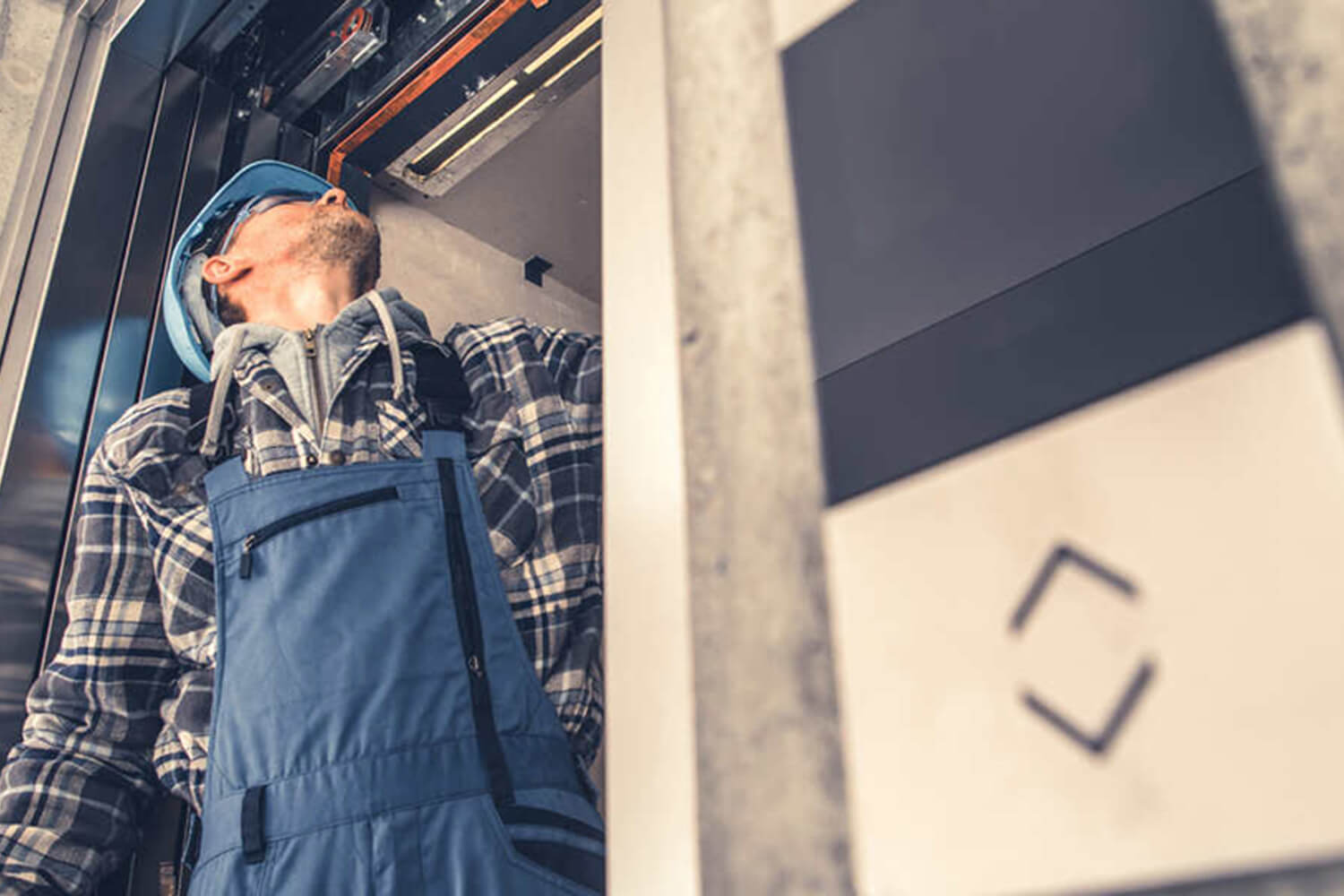Common elevator malfunctions are inconvenient. More importantly, these malfunctions might put your building’s occupants in dangerous situations if you haven’t installed an advanced elevator monitoring system or performed regular preventive maintenance.
Wouldn’t you like to ensure the proper functioning of your building’s elevators, ultimately keeping employees, tenants, and occupants safe? Read on to see what can go wrong and how these elevator monitoring systems could prevent or mitigate those risks for you.
#1 Power Failures
If you think of safety concerns in an elevator and you’ve watched a few films, power failures are usually the first thing that comes to mind. When a severe storm or an electrical shortage causes your building to lose power, even for a moment, the elevator might stop with its passengers inside it. While most modern elevators have mechanisms to prevent the cab from plummeting during any power outage, some systems still get “stuck.”
With an elevator monitoring system in place, you can immediately detect this loss of power and act. The elevator will kick into standby power mode, canceling any future elevator calls. It will then lower the passengers already inside the cab to the nearest floor stop, open the doors, and let them out.
#2 Misaligned Motors or Other Components
Elevators are complicated machines with numerous moving parts. Every part must stay in perfect alignment for proper functioning, so wear and tear is a problem. Misaligned motor drives within the elevator shaft, for example, are concerning and cause more damage to other components if left to operate like that.
Previously, you likely wouldn’t be aware of this safety hazard until your next regular maintenance appointment. With an intelligent elevator monitoring system, common elevator malfunctions should occur less often, especially when you catch misaligned motors and similar issues early.
#3 Shaky Movements or Rough Stops From Worn Sheaves
Beyond elevator entrapments or misalignment, there is also the question of a rough landing in an elevator causing injury and other issues. Traction elevators have sheaves that act as pulleys, holding the elevator cables. This system operates the traction and lifts up the cab, but when the sheaves’ grooves wear out, nothing runs smoothly.
With an elevator monitoring system, you can stay on top of it before passengers experience a shakier elevator ride or rough stops.
#4 Mechanical Failures and Sensor Malfunctions
Basic mechanical failures affect elevator doors, delay operations, cause erratic cab movements, and lead to overheating.
For example, if the elevator door sensors don’t align, the doors can close on passengers, causing severe injuries. An elevator monitoring system lets you know when to reset these calibrations.
#5 Overheating
Lastly, the ASME Elevator Code requires proper elevator machine room ventilation to prevent overheating. Maintenance will address poor ventilation, mechanical failures, or overuse, but what about those repair concerns in between visits?
Elevator monitoring systems’ full system reports help you keep your building up to code.
Keep Everyone Safe With Our Elevator Monitoring System
Can an innovative elevator monitoring system prevent common elevator malfunctions? Yes!
View our guide on elevator traffic analysis to safeguard your building’s occupants, and then call ELEVATE Monitoring at 877-990-9191!


